An exclusive Endeavour interview with production designer Madelaine Leech
Interview copyright © Damian Michael Barcroft 2020
DAMIAN: When did you first become aware of the art of production design and was there a particular TV show or a trip to the cinema that fired your imagination?
MADELAINE: Maybe I was just a slow starter but it took me a while to realise there was such a thing as production design. I always loved rainy Sunday afternoons when a black and white film would be shown on BBC2. I hated Wimbledon as this slot would be replaced by boring tennis, unless it rained. My favourite films were 1930s, 40s , 50s at home drama so there never “appeared” to be any design, they just were. But one of my favourite films is Alec Guinness in The Man in the White Suit. I loved the story and even more the design and sound of the equipment he uses to make the thread. So I think this is the one which subconsciously fired by imagination. The results and dressing after each bomb blast always amuses me.
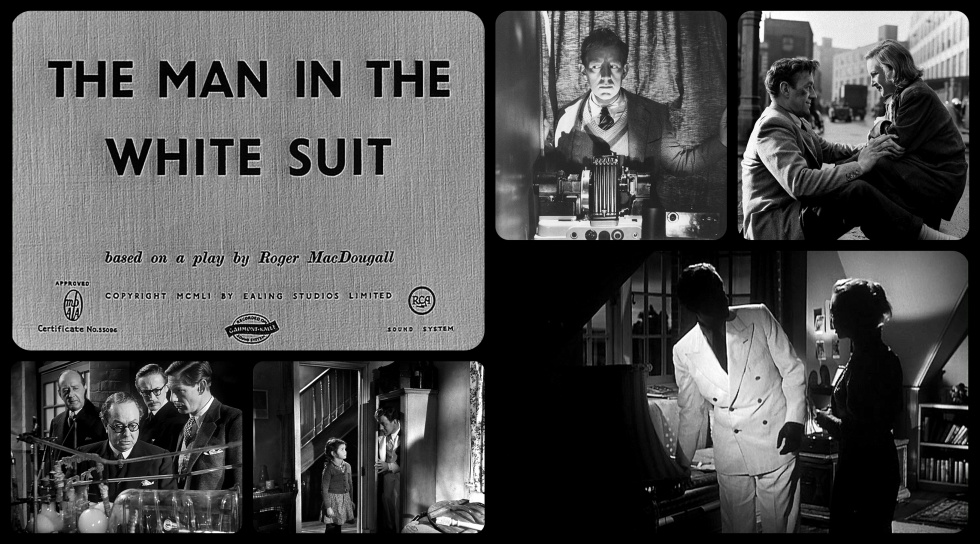

DAMIAN: Are there any production designers that have inspired you over the years?
MADELAINE: I love the work of Alexandre Trauner. And Ken Adam with his sets for James Bond are fantastic.
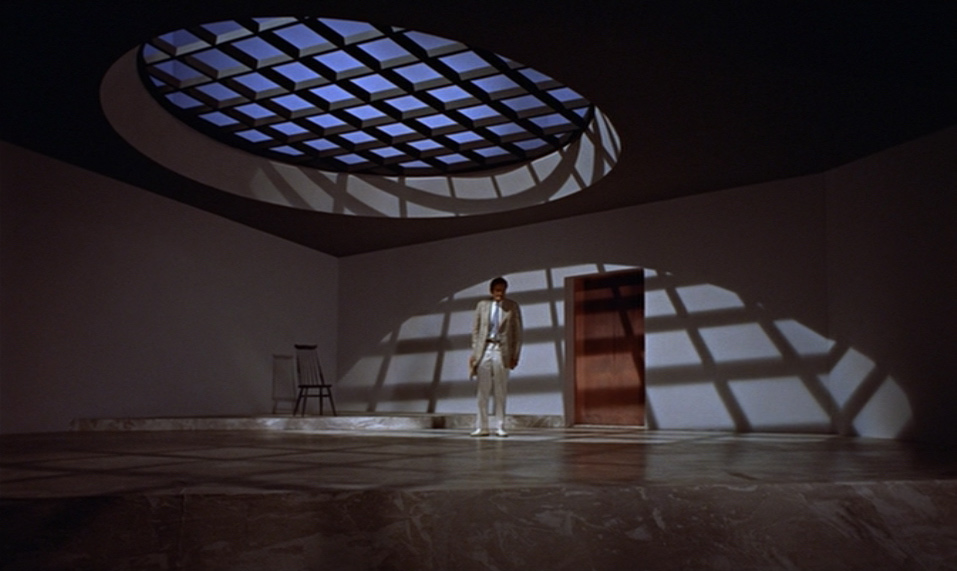
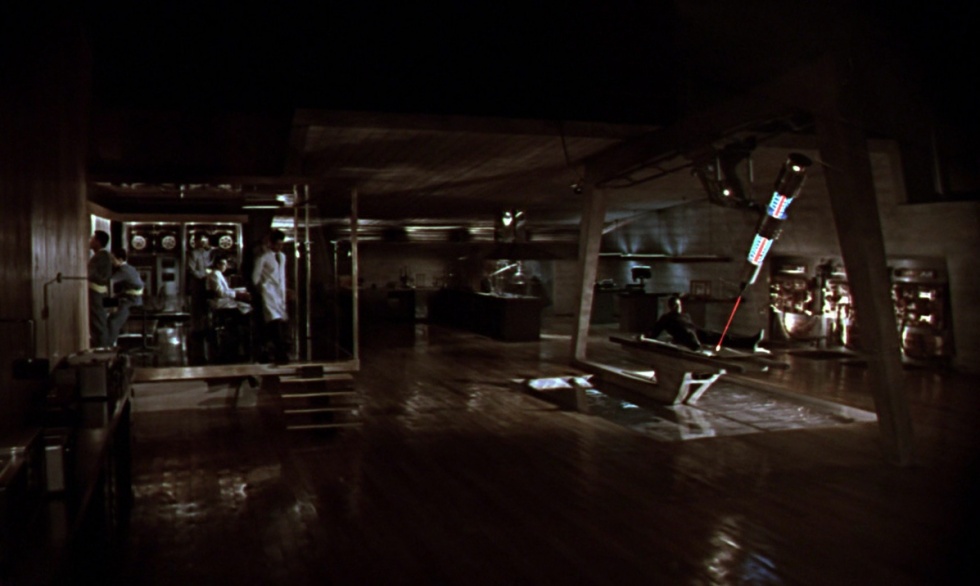
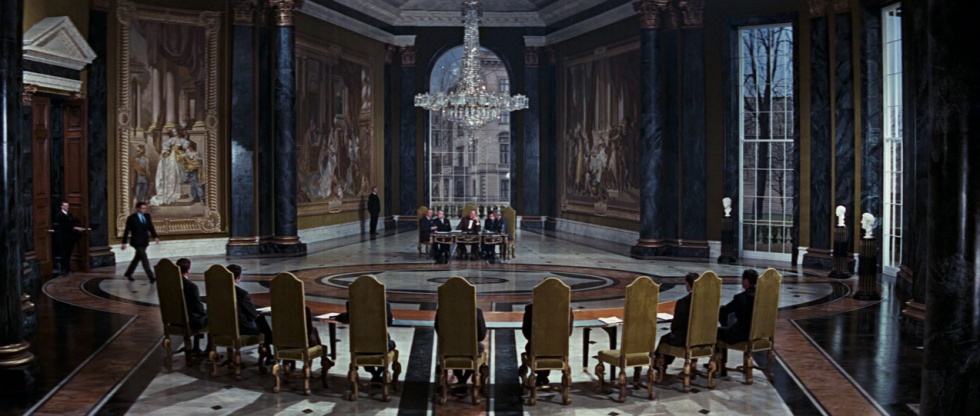



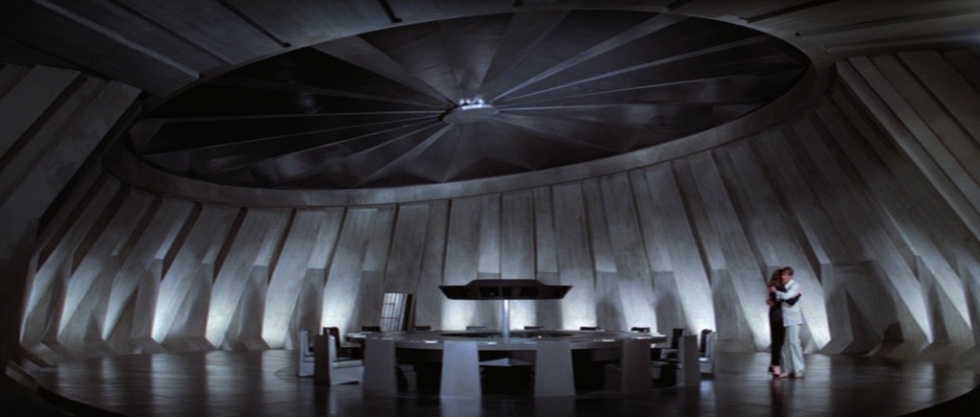
DAMIAN: You’ve worked in various different genres but what kind of project really gets you excited to the point where you can’t stop thinking of ideas?
MADELAINE: Drama. It all begins for me from the characters in the script. I start to imagine what type of home or environment would they have created for themselves. Or what outside factors have influenced that person.
DAMIAN: And you’ve also worked as a set decorator, art director and, of course, production designer. Can you tell me a little bit about your training and at what point you realised that this was the creative discipline for you?
MADELAINE: I went to Art College and studied Interior Design. I knew it wasn’t the career for me but worked designing pubs, hotels and offices for about two years. Then in the 1980s, like many people, I was made redundant. I wondered why I was trying so hard to get into a job I found very slow. So I turned my attention to designing for TV. I was lucky enough to get a job in the BBC design department. From that moment, I have loved every minute in this industry.


DAMIAN: Your many impressive credits include another detective series, Vera, do you have any favourite productions that you’ve worked on or consider to be particularly instrumental in your development as a production designer?
MADELAINE: One of the jobs I am most proud of, other than Endeavour of course, was a single drama about Shirley Bassey. A designer’s dream to be able to follow a character over many years. We started in the 1930s and ran through till the 1960s. I loved the amount of research which was required into a real person but also giving me the freedom to interpret her personality. It was a fun job.
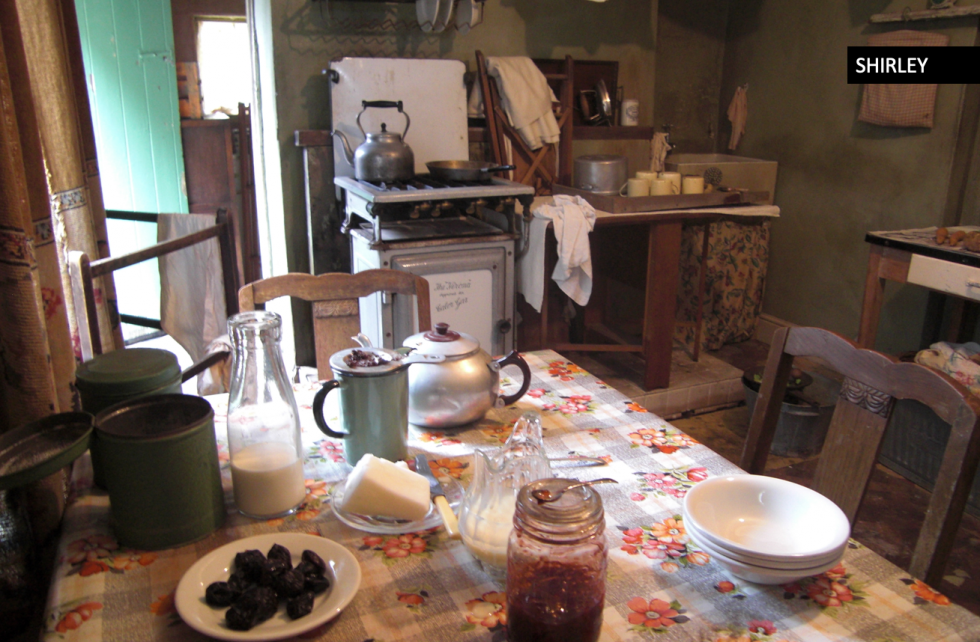
DAMIAN: How did you come to work on Endeavour?
MADELAINE: I had wanted to design Endeavour… well… forever really. I love the show. A little bird had told me Paul Cripps was moving on so I asked my agent to push for an interview. I was seen by the Line Producer and the Producer and I was very, very lucky to be successful.
DAMIAN: Endeavour has had various previous production designers: Pat Campbell did First Bus to Woodstock, followed by Matt Gant, Anna Higginson, Anna Pritchard, Alison Butler and the aforementioned Paul Cripps worked on the previous two series. Perhaps unlike some other aspects of film and television making, would you say from your own experience that art departments offer more opportunities regardless of gender?
MADELAINE: Yes, it does seem like that. Which is a very good thing. I think they do go for just the best person for the job rather than gender.
DAMIAN: Did you look at their work as part of your research or for reference before you started your own designs and is it more challenging to take over from previous artists or more artistically rewarding to start from scratch?
MADELAINE: Yes I did. Endeavour has its own style and I did my research and looked at all the previous designers work. One thing that struck me was the volume of graphics required so I knew from the start I needed a strong graphics department.
I enjoyed fitting in with the previous designers work and as each film introduces new storylines, you still get the opportunity to put your mark on it.

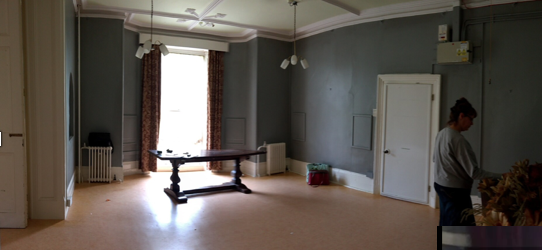


DAMIAN: Compared to most TV dramas, would you agree that Endeavour is especially ambitious in that each different film has its own unique look and feel?
MADELAINE: Yes, I do agree. It works really well as each episode has a different Director and Director of Photography so they manage to achieve this very successfully I think.
DAMIAN: I know from meeting Paul and Russ and my subsequent interviews with them both that there was a lot of discussion regarding the look and feel of last year’s new CID set and how it would evoke the themes of alienation, change, guilt and paranoia. Without giving too much away, what do you consider to be the main themes of series seven and how do your designs reflect them?
MADELAINE: We have continued these themes in this series too. But also added deceit and decay. I believe we have achieved the decay rather well with wall treatments, colours and textures.
DAMIAN: What was the most challenging set to design of the three films this year?
MADELAINE: Again without saying too much, the story travels abroad on this series. I had to recreate some of these lands far away within the Watford area. We had two amazing location managers. So with their help I think we have succeeded in making the audience believe they are not in the UK.
DAMIAN: Considering series five had six episodes, you had it easy didn’t you?
MADELAINE: I take my hat off to all the cast and crew who worked on series five. We only did three but yes it was very hard work. But worth it and a lot of fun. Many of the crew return each year and I can see why. They are a very friendly, hardworking and professional team.
DAMIAN: I was born in the seventies so I’m especially curious to see how the look of Endeavour has evolved this year. Now, I’ve mentioned this many times to Russ but one of the productions that I relate to most strongly in terms of the visual look and “smell” of the seventies is Hitchcock’s Frenzy. It’s something that I can’t quite describe but, despite the fact that it is obviously about a serial killer, it remains the one film which resonates with me and has visual echoes of my own childhood. Funny thing, when I asked Russ to give me an example of a film that visually echoed his first memories, he said 10 Rillington Place! – dare I ask what yours might be?
MADELAINE: I love 1970’s films and TV now but in my youth I was definitely into much older films. I would love films like Hobson’s Choice. Saying that, Far from the Madding Crowd (1967 version) was a favourite to be watched over and over.
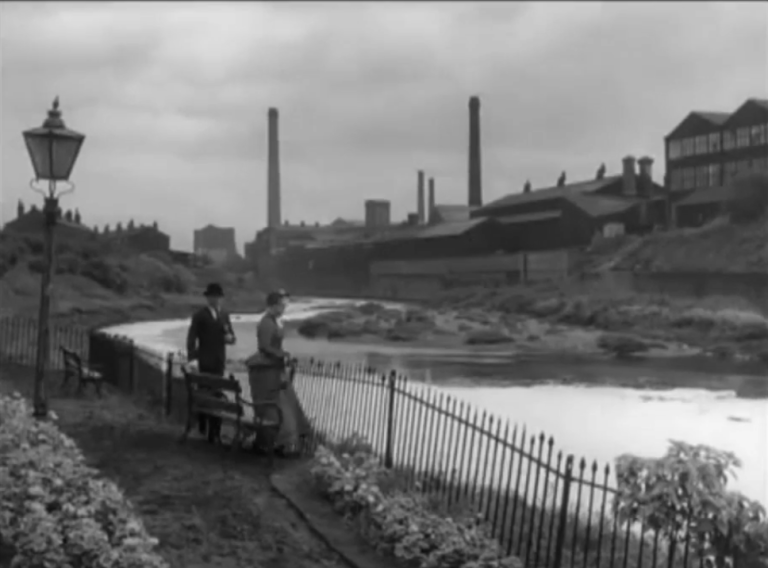

DAMIAN: We obviously got a glimpse of Endeavour’s new home in the last series which fans know from the original Inspector Morse series. To what extent do you think you have put your own personal spin on this while also remaining faithful to how it looked when the show was first broadcast in 1987?


MADELAINE: When preparing for my interview I looked at the Inspector Morse programmes with special interest to his house. I decided the best way was to start from the end and work back. Again the location manager on series 6 was very clever in finding a house that had the feel of the original. Morse’s living room was a pale baby blue which I felt was wrong for the younger man. Due to Russ’ script and the feeling of decay and the fact that the squat which he had bought at the end series 6 had been covered with graffiti I decided strip back the walls but keep the many layers of wallpaper. It looked great and Russ even changed the action to suit the design.
DAMIAN: Madelaine, thank you very much indeed.
MADELAINE: Thank you. I love your website, it really helped me when I was researching to get to work on Endeavour.
Interview copyright © Damian Michael Barcroft 2020
Stay up to date with all my latest Endeavour cast and crew interviews via twitter @MrDMBarcroft
